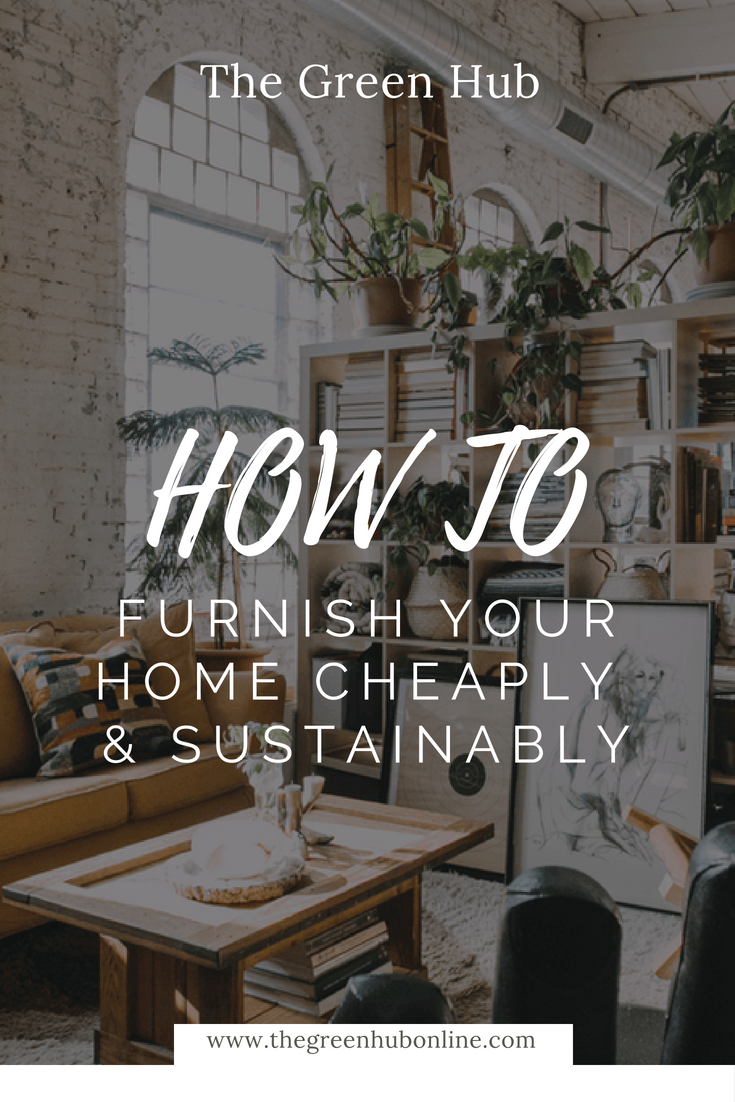I’ve lived in share houses for nearly a decade, from sh*thole flats in Manchester infested with mice, to big houses in Sydney that freeze over every winter.
Aside from my improved ability to clean dishes, I’ve developed an essential skill of furnishing my home cheaply and sustainably.
Finding unique and essential items for your home adds character and connection, rather than being thrown on the street a year later.
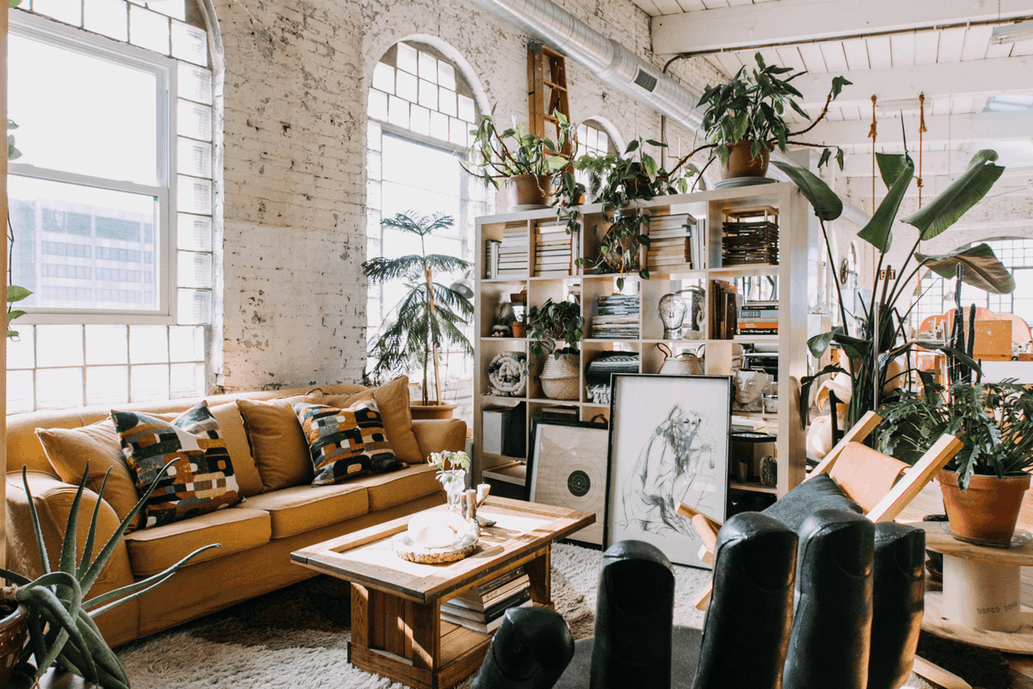
Start with a plan
It can be really overwhelming to know where to start and sometimes it just seems easier to run to Ikea to mass buy. Sadly, even going to Ikea to buy furniture for your home requires planning, otherwise you’ll be arguing with your housemate down Aisle 24 about what type of light bulbs you need.
Start by drawing up a list including: essential items with space measurements i.e. a sofa, budget, style / colour schemes (optional), non-essential items i.e. wall hangings, budget and dates available to collect. During the furnishing process, it’s great to go back to, saving time, money and waste. It’s also really fun to flick through Instagram and Pinterest for ideas!
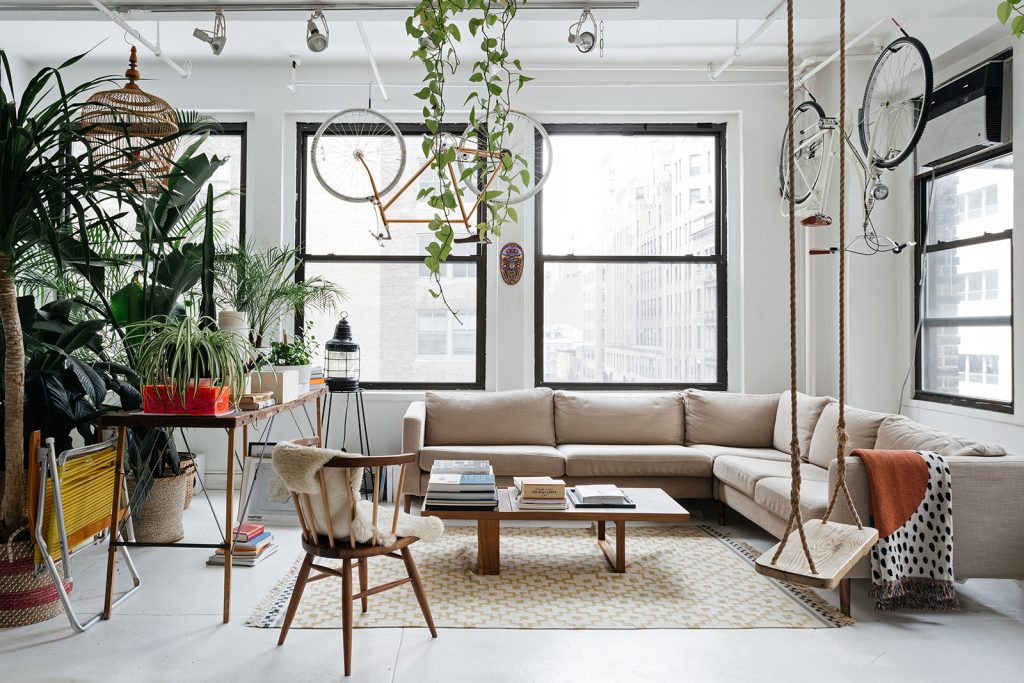
Aim for second hand furniture
Some people have the impression that second-hand furniture means it’s bug-infested or broken, when actually it’s neither. Buying second-hand furniture for your home can save money, landfill space and the environment. It can take slightly longer to look for what you want, but it’s worth it in the end. I generally start online in my local area with the drop-down tool; op-shops and local markets are useful too. When buying second-hand online, feel free to check out an item first, always bring a friend or flatmate.
Places to look:
- Gumtree
- Ebay
- Local markets
- Vinnies & Salvos (larger stores & online)
- Google local re-use centres (if in Sydney check out The Bower)
- Facebook groups / Marketplace
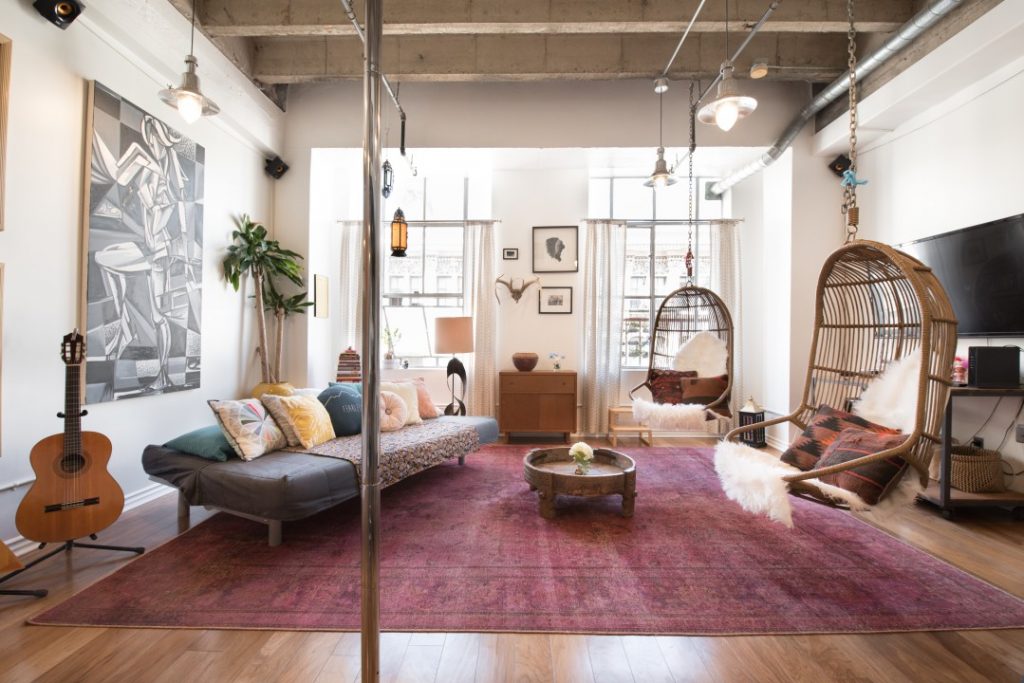
Research big-ticket items
Understandably, not all items will be found second-hand on the street. For example, most people want a new mattress, which can be the most expensive item in a home and should last up to a decade. Also, newer electrical items are generally more energy efficient and therefore environmentally and economically better.
It’s more environmentally friendly to buy something that will last, than just buying an item cheaply that breaks. The big-ticket items can take much longer to buy but are the most important to research. Try looking at the following things:
- Brand ethos – is there a transparency report or social-responsibility breakdown? For example, Ikea just announced a buy-back service to return unwanted furniture, ensuring less landfill waste.
- Material – Synthetic material takes a long time to break down and can be harmful, aim for natural instead. In terms of mattresses, here’s a guide. In terms of furniture, look for sustainably sourced wood.
- Certifications – GECA is a great place to start and Sustainable Furnishings Council (SFC) is a great guide.
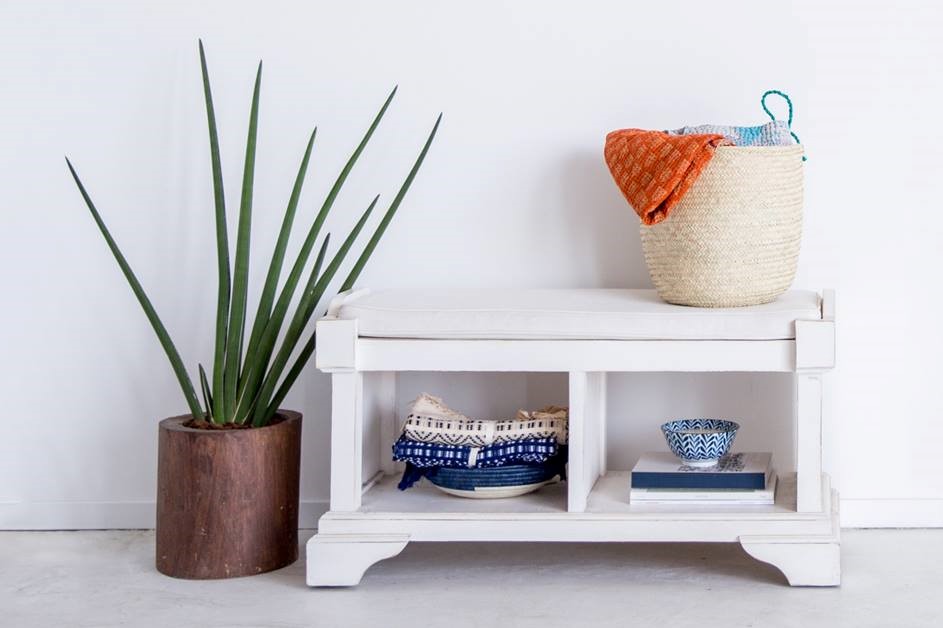
Get crafty & fix what you have
If you have the time, the internet is a guidebook to all the fun things you can make yourself for your home. A pallet couch for your garden is an easy place to start, or even up cycling a chair with new fabric (if I can do it, anyone can). Take it one step further and find a course to make something, there’s plenty around on up cycling. Bunnings also has plenty of guides on up cycling and DIY projects.
If you don’t have the time or effort, try Etsy to buy a crafty piece of furniture someone else has handmade!
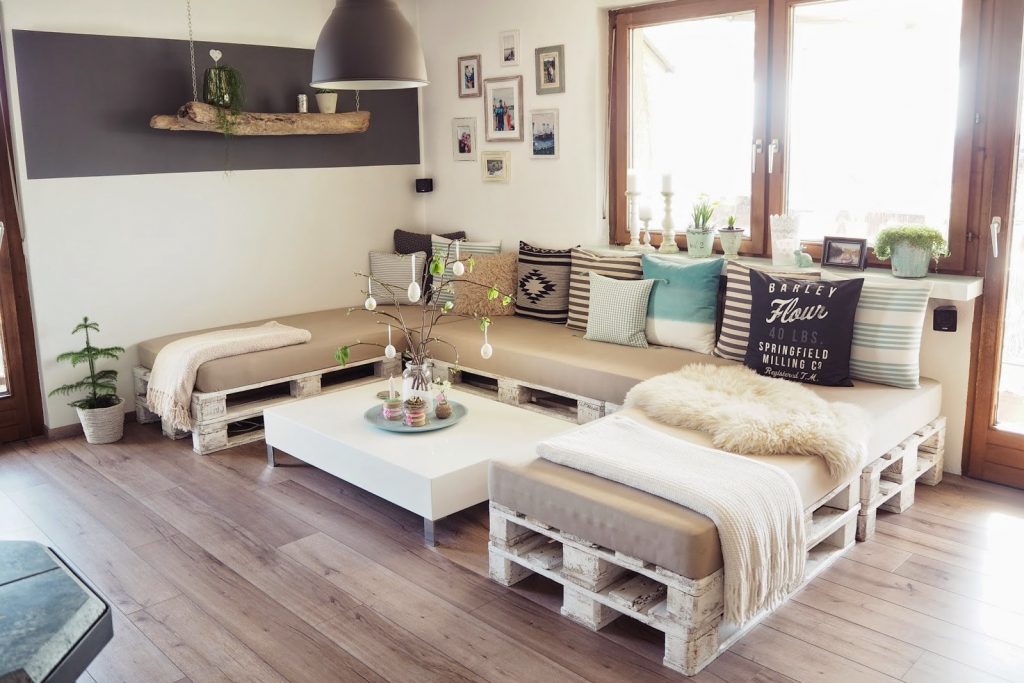
Buy plants
Plants are amazing for any home, even a shoebox room that smells like feet. They are natural air purifiers, improve your health, linked to mental health benefits and make any home look better.
They are cheap to source from markets or local garden stores, here’s a guide from Domain if you want specifics.
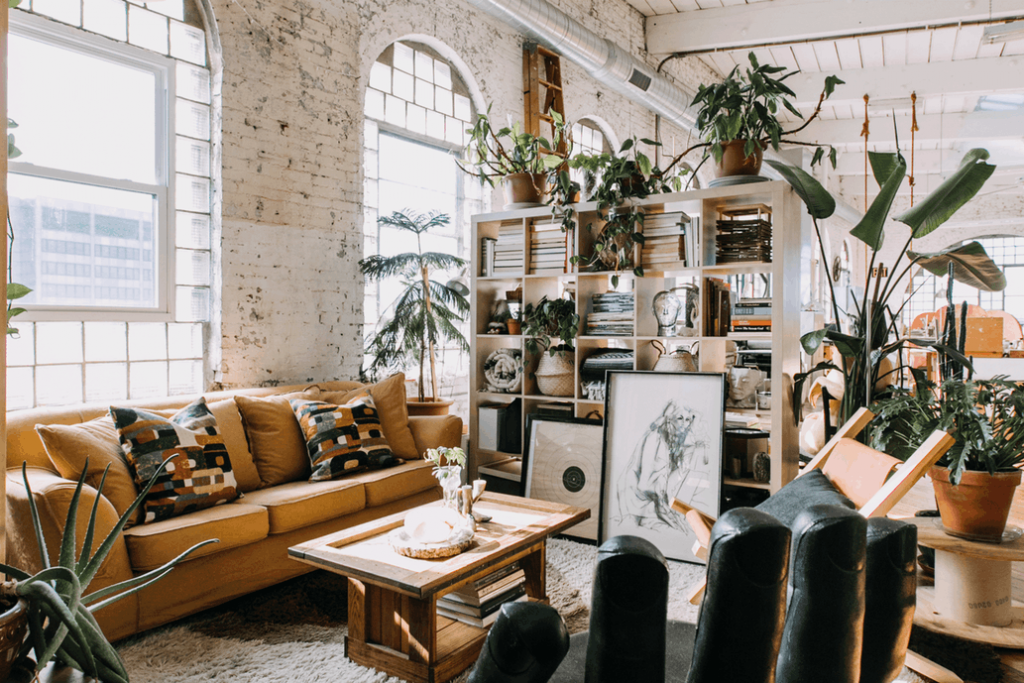
Sell or giveaway old pieces you don’t want anymore
Lastly, please don’t throw your old furniture into the street to be put into landfill if it’s salvageable. Some of the best pieces of furniture I’ve got are from kind people that have given them to me for free.
People move a lot and furniture can’t always be taken, so if you need to get rid of something carefully consider if someone else can use it, or if it can be up cycled. It takes a few minutes to put something online for free or give it a charity (if it’s in good condition!).
Images via Pinterest and Adobe Stock
PIN ME
